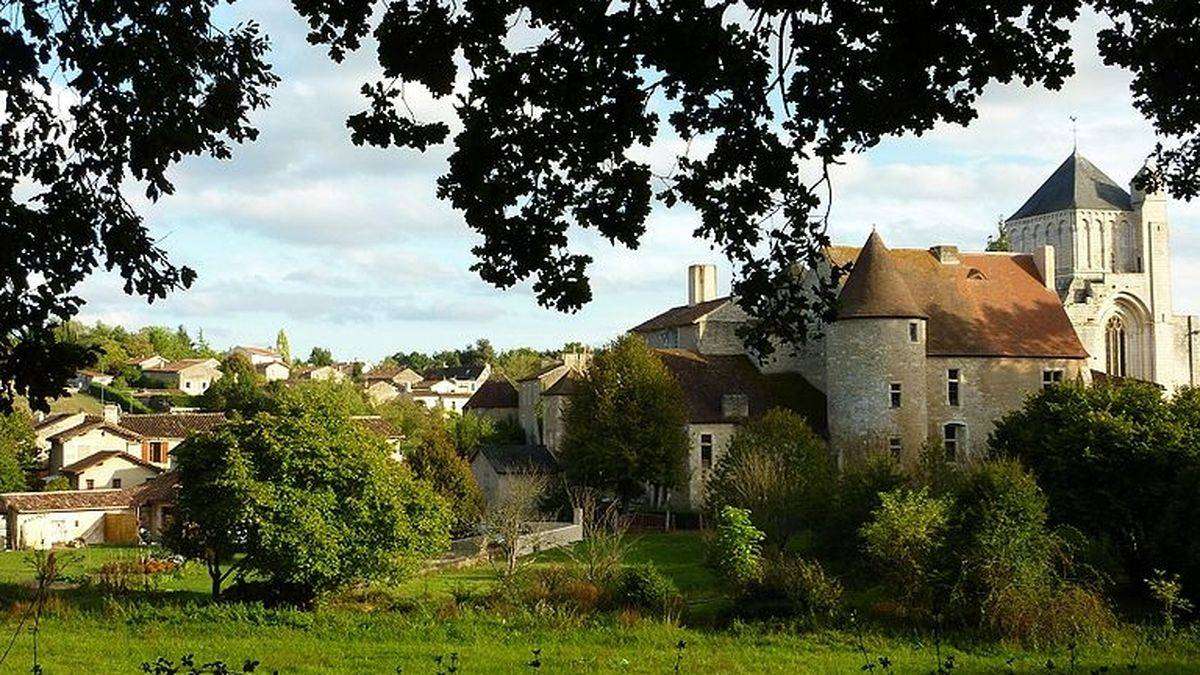 The village and the abbey | ©Kokin / Public domain
The village and the abbey | ©Kokin / Public domainIn the 8th century, the priory belonged to St-Hilaire of Poitiers. First dedicated to Our-Lady, the church was then dedicated to saint Junien, because they translated his relics here in 830.
At that time they also completed the new church!
Bishop of Limoges Aton (and also abbot of St-Hilaire) put Benedictine monks in the little priory and raised buildings at the end of the 8th century: the priory became an abbey!
A pilgrimage on saint Junien's tomb began.
Embellished and enriched by lords of Lusignan, it became very important in the Middle-Ages.
And they fortified it, too! It would be better! Because Hundred Years War and wars of Religion’s plunderings came... During these wars, a fire was lit on the church, and destroyed choir’s vaults.
These ones collapsed and destroyed the crypt where they kept saint Junien’s relics...
Later, the abbey was the first one to adopt the Saint-Maur reform in 1615, with François de La Béraudière, abbot of Nouaillé and bishop of Périgueux. A man who rebuilt the 12th century Romanesque church in 1620!
Aah, the church... The nave was divided in the 13th century by pillars, which created 2 aisles.
The choir was re-raised in the 17th century by architect Jean Beziau, from Poitiers. The abbot dwelling house (15th century) raised by Raoul du Fou, nowadays houses a part of the city hall!
